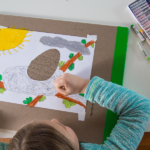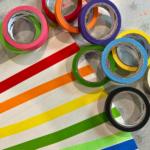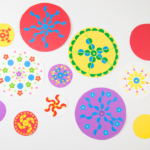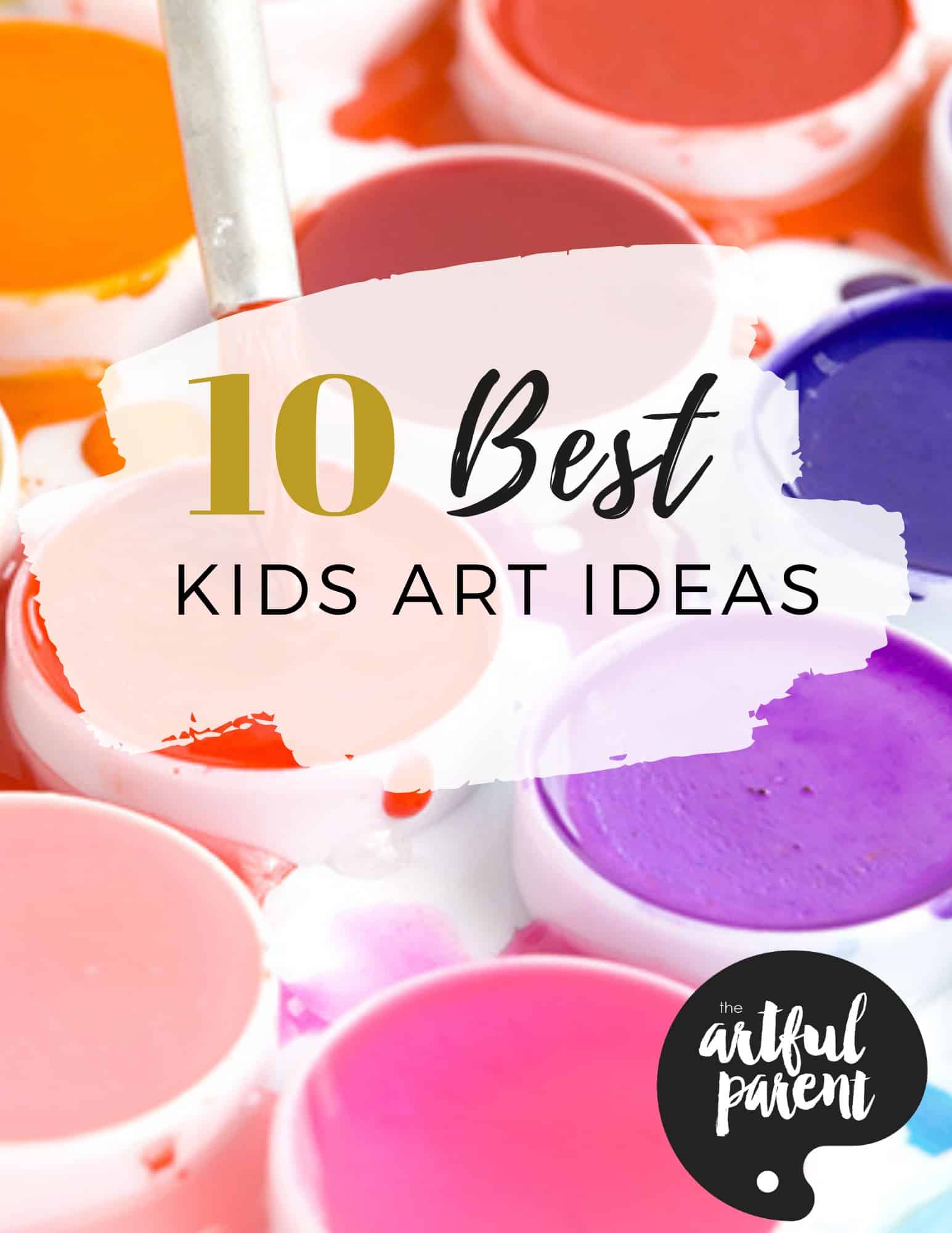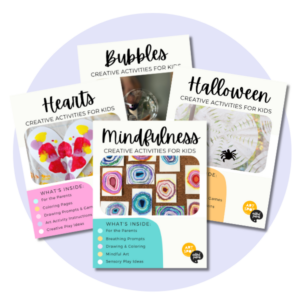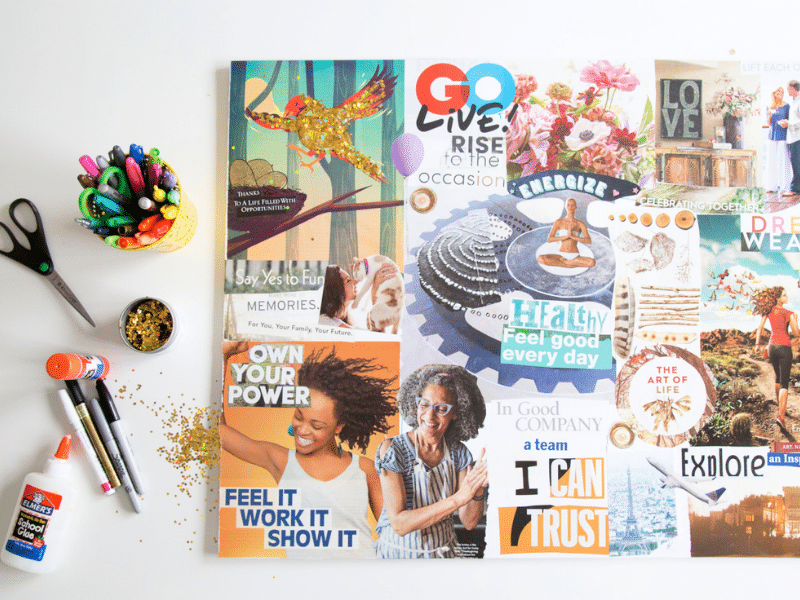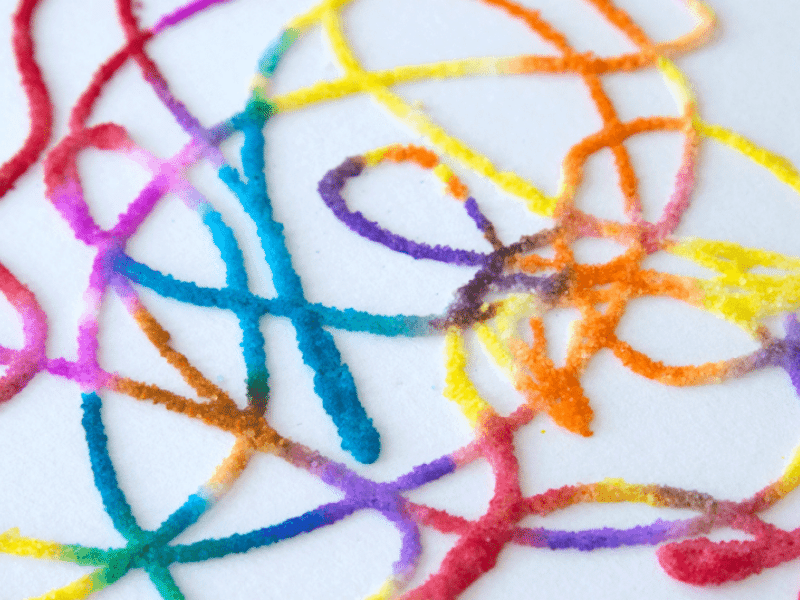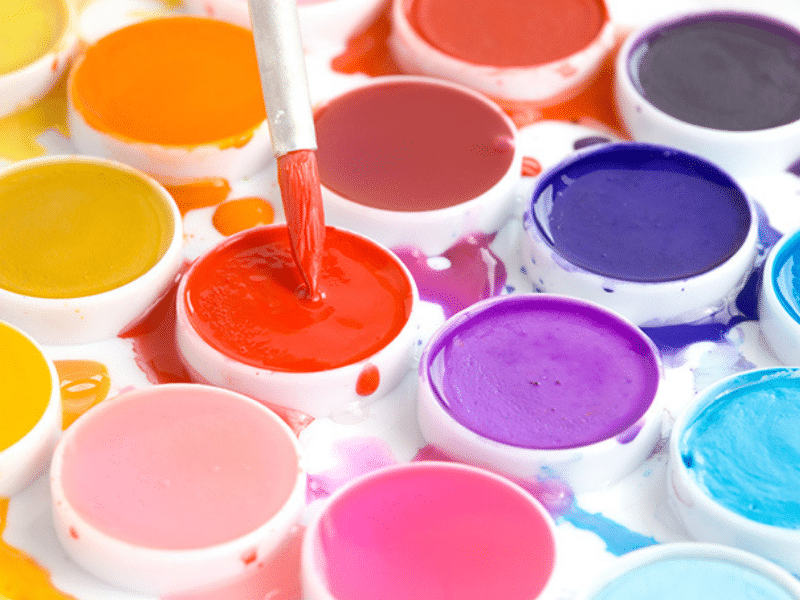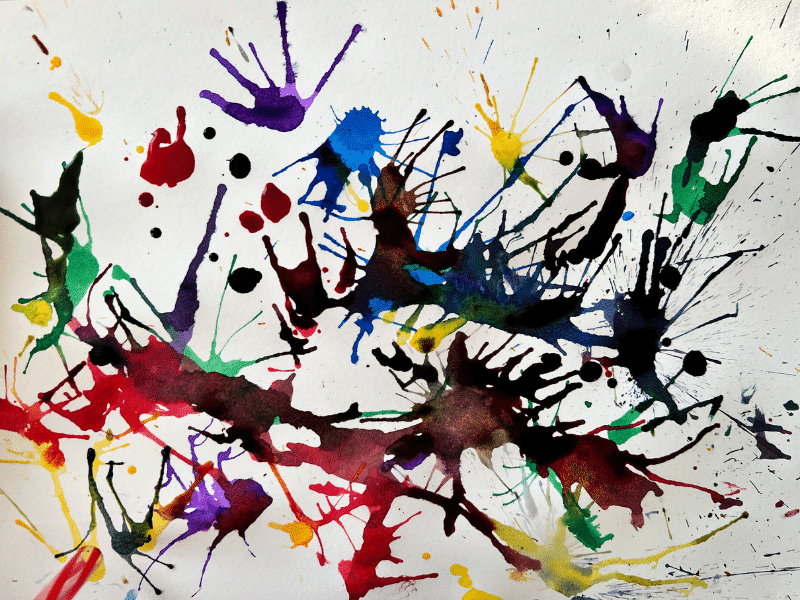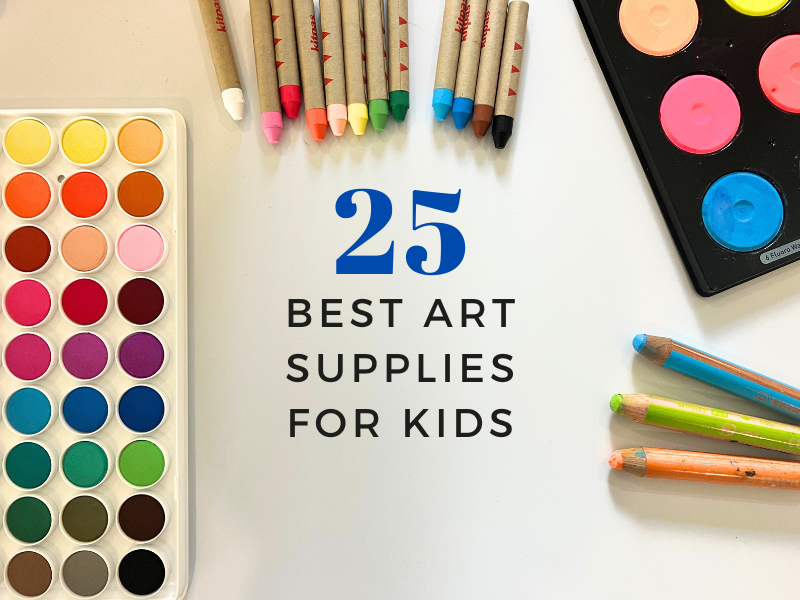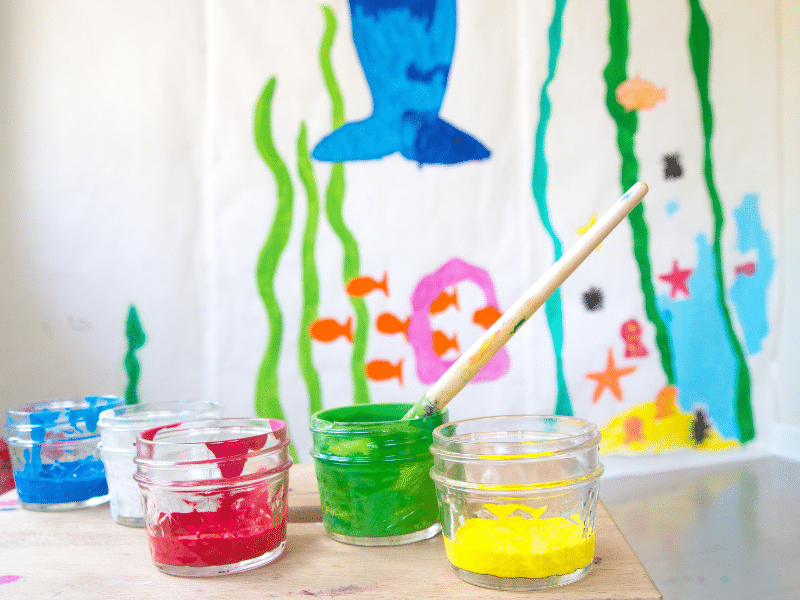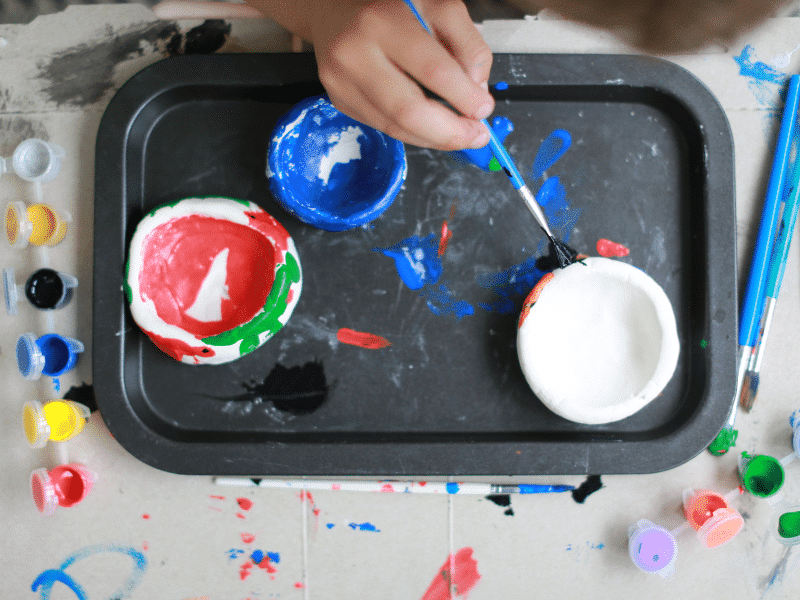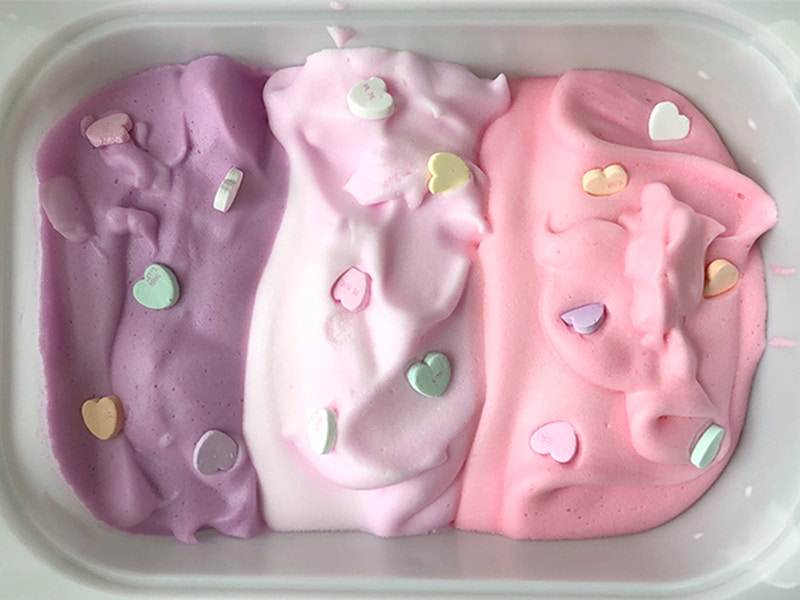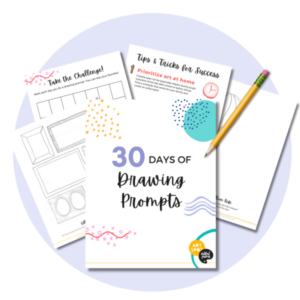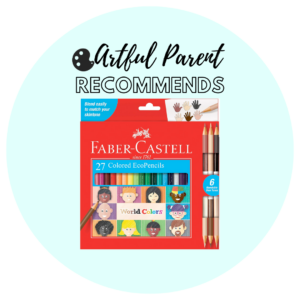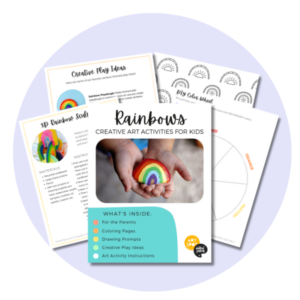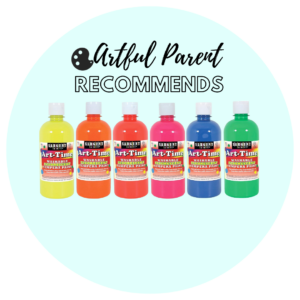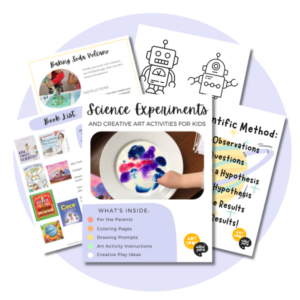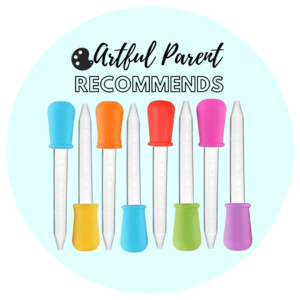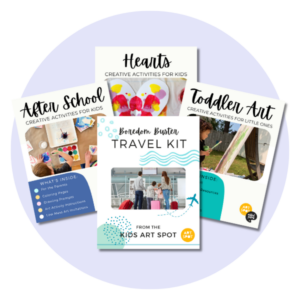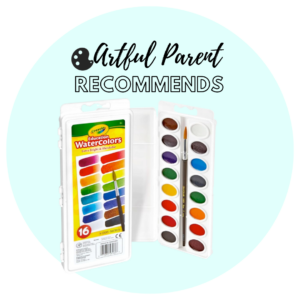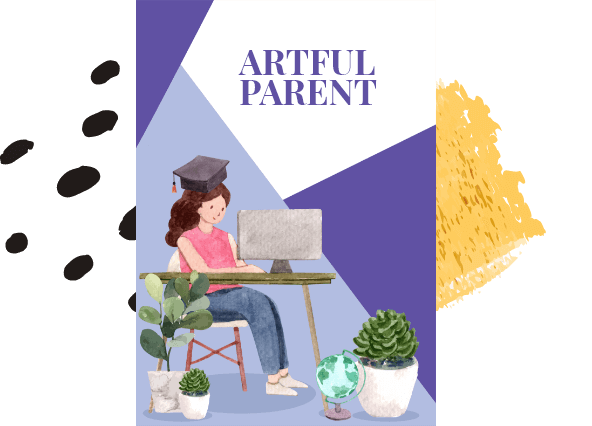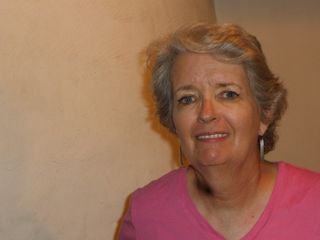
JEAN: Will you tell us a little bit about Shadow Rock Preschool and your involvement with the school?
BARBARA: I’ve been teaching there for 21 years after having been a parent and a board member. There have been a lot of changes in those years but the basic commitment to a play-based curriculum has remained the same…despite pressure from parents to become more academic and prepare the kids for kindergarten. You know, the “Give me a worksheet that shows he can write all his letters” attitude. I love the fact that we spend time and effort teaching the parents that the academics will come when the kids are allowed to play, that they’re inherent (though not always obvious) in play. The website is just one way we work at teaching the parents. Each class sends home a weekly newsletter and there’s a monthly school newsletter.
JEAN: Can you describe your art program?
BARBARA: The art curriculum is about 8 or 9 years old and began when the directors asked us to phase out crafts and to commit to doing authentic art projects. Obviously with 20+ teachers, there were many different reactions ranging from “Oh, no; I won’t have any curriculum left!” to “You mean I never again have to spend my evenings cutting out 18 giant cowboy boots for them to paint? Yeah!”
Each classroom sets its own schedule, chooses its own projects, etc. with input/review from our directors. My own classroom (4 year olds/5 mornings a week) is definitely one of the messier ones. Fortunately, I have a new partner this year who supports our philosophy 100% and who has a high tolerance for clutter. We have for many years had an independent art center that began with moving the paper from a teacher cabinet (in the old craft days) to a shelf where it was out and available. Then we added shelves and drawers of stuff from the tools of art (crayons, staplers, watercolors, etc.) to renewable supplies like a drawer of pine cones, lots of cardboard, bottles of beads and buttons, ribbon, paper towel tubes, whatever. A couple of years ago, we moved the tempera paint to a self-serve area.
So now on an average day we have two tables of art going, one with the kids own projects and one with a teacher-inspired, child-changed project. This is a project that at least starts as a technique we want to expose the kids to, but it’s always open to changes. It might start as a bowl of cooked spaghetti that we dip in paint and throw at the paper, but gets changed by some kids into trying to literally paint with the strands, using them like brushes. By the way, that project was outside; we are fortunate to live in Phoenix and we can be outside all winter long.
JEAN: Do you know why your preschool decided to move away from crafts and start doing authentic art projects with the kids?
BARBARA: Some people refer to “cookie cutter” art. We used to call ours “parking lot” art because that’s where it ended up, left behind by kids who weren’t invested in–or interested in–the crafts they made that couldn’t possibly measure up to the model made by the teacher. So we made the transition to real art for the kids’ sake. When there’s no model, no wrong way to do a project, we get kids who choose to do art and who enjoy the experience.
We sometimes have projects that go on and on, as the kids revisit their work. Last year two students made a sculpture out of a very sturdy cardboard tube. They worked on it, off and on, for the whole year. At one point they had pieces of tape running from the tube to nearby bookcases and chairs. Then they started sticking things to the underside of the tape. It was fantastic!
JEAN: What are some of the favorite art materials and art projects in your classroom of 4 year olds?
BARBARA: My favorite art materials are those we find by serendipity and put in the art center. I recently bought some small red reflectors that disappeared almost instantly into someone’s project. I need to get more. We’ve been experimenting with silicone basting brushes. They’re different than traditional brushes because the bristles don’t clump together. The effect isn’t better or worse…just different.
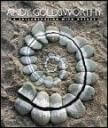
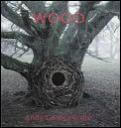
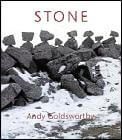

My favorite projects are the ephemeral work we do. I’ve been very influenced by Andy Goldsworthy’s books and we’ll bring in a cart-load of natural objects (sticks, stones, leaves, pinecones, etc.) and encourage the kids to make art with them. We photograph their efforts and then take them apart for the next artist. We do something similar with a box of hardware we have.


We’ve just been looking at the books The Perfect Purple Feather (Hanoch Piven) and Found Alphabet (Ramon Shindler) that will be great ephemeral projects, too.
JEAN: What are some of your favorite art education resources (books, magazines, websites)?
BARBARA: The web, the web, the web!! It’s far and away my favorite resource because I never know what I’m going to find…a new artist, a technique, an unexpected tool. I just cruise around and try to stay open to the inspiration of the moment. I’m on the Reggio listserv as well as the Early Childhood Education listserv and I mine both of them for ideas.
JEAN: Anything else you’d like to add?
BARBARA: I love my job because it’s constantly changing. If I were still teaching the curriculum we taught when I started, I’d be gone I was one of the teachers who was excited by the move to authentic art because I hated spending my evenings preparing the crafts. My first thought was “What’s not to love? This will be so much easier!” Now I spend my evenings looking for new ideas…but it never feels like work. I’m 61 and I tell people “I’ll retire when it’s not fun anymore.” I don’t see that happening anytime soon.
JEAN: Thank you, Barbara! Your students are lucky to have you as their teacher!
Wouldn’t it be wonderful if more preschool teachers experimented with red reflectors as art materials and encouraged painting with spaghetti strands?! For more information about Shadow Rock Preschool, you can visit their website, www.shadowrockpreschool.org.
Related Posts
-
Hole in Paper Art for Kids
Hole in paper art activities for kids encourage them to think and create differently. Kids…
-
Masking Tape Art for Kids
Masking tape art is an easy, fun, and low mess way for kids to make…
-
How to Make Easy Mandala Art with Stickers
Sticker mandalas for kids is a fun way to create easy mandala art using a…

